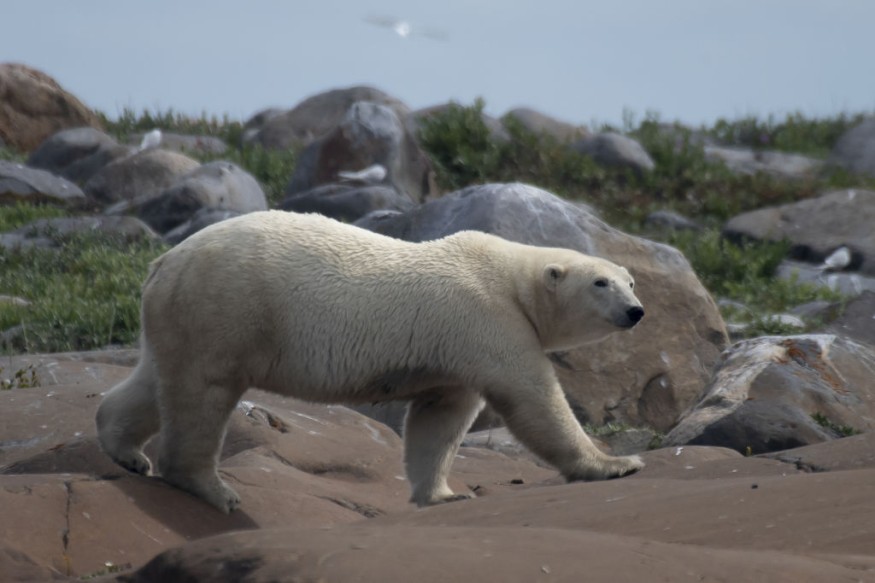With the environmental DNA and snow tracks, researchers can find elusive polar bears in the Arctic. The threatened bears have been difficult to monitor as they move in remote areas under extreme temperatures.
Polar bears (Ursus maritimus) are intelligent to evade the detection of scientists, including Eurasian lynx (Lynx lynx) and snow leopards (Panthera uncia). Monitoring polar bears is crucial to save them from threats of climate change as they rely mostly on sea ice.
According to recent reports, polar bears are threatened by toxic pollution, oil exploration, habitat loss, climate change, and human disturbance. The threats can affect the bear production rates and likely suffer from the brink of extinction.
Elusive Polar Bears Monitoring

Researchers discovered ways to monitor better and look for polar bears. With the use of DNA analysis, their footprints and snow tracks can help improve the monitoring efforts.
Dr. Melanie Lancaster, the study's senior author, explained that polar bears are time-consuming to find and expensive. Dr. Lancaster is also from the World Wide Fund for Nature Global Arctic Program.
The DNA analysis of their skin cells can indicate the potential location of the elusive polar bears. The research findings were published in the Frontiers in Conservation Science.
According to recent reports, the environmental DNA from snow tracks can help scientists with effective conservation and management efforts. There is still inadequate information about polar bears, especially their ecology and behavior.
Polar bears can be seen in the Arctic areas. However, the threats of climate change have harmed the population of polar bears. The rising temperatures and ice melt can have devastating impacts on the polar bear foraging behavior.
In the study, experts collected samples from the Swedish Eurasian lynxes and Alaskan polar bears, including the snow leopard. Researchers emphasized that the eDNA technique will help the conservation of the threatened animals.
Also Read : Over Half of Peru's Glacier Surface Lost in Last 6 Decades Due to Climate Change, Scientists Report
Polar Bear Facts: What Should People Know?
Polar bears can live in extreme temperatures and cold, serving as symbols of the Arctic environment They are known for being protective and caring with their cubs. Sea ice is important for polar bear life, and they hunt potential prey like seals.
The declining population of polar bears has been alarming and exacerbated by climate change. The oil exploration and human disturbance have caused habitat loss and destruction. Toxic pollution can also affect the hunting of polar bears.
The male polar bears can weigh more than the female polar bears, which is up to 800 kg. Some of the Arctic animals are the Canada Lynx, Snowy Owl, Arctic Hare, Arctic Fox and Beluga Whale.
Related Article : Top 5 Deadliest Animals in the World That Kill Millions Every Year
For more similar stories, don't forget to follow Nature World News.
© 2025 NatureWorldNews.com All rights reserved. Do not reproduce without permission.





